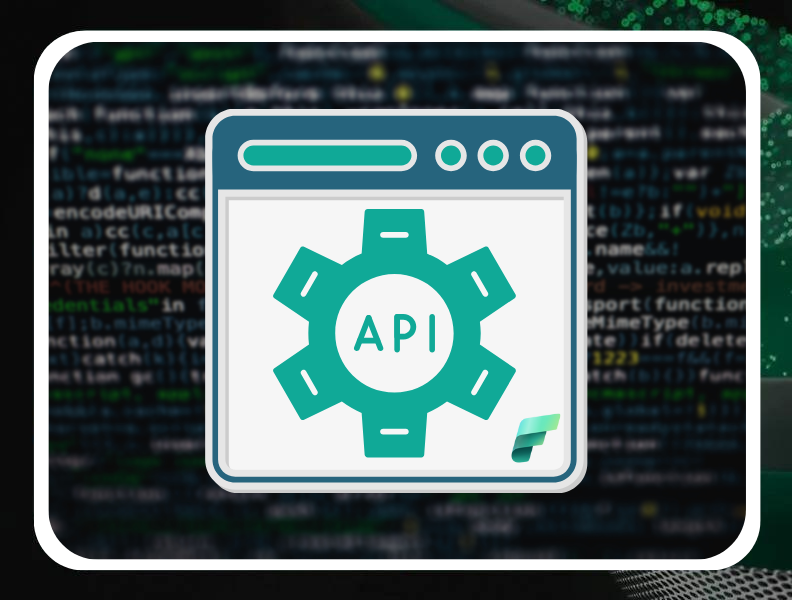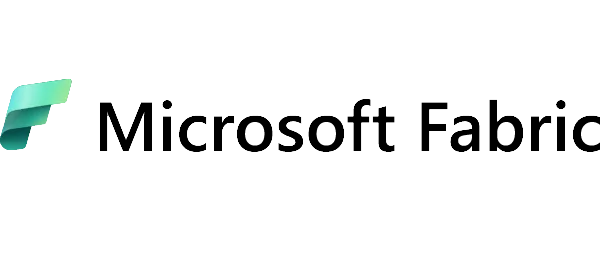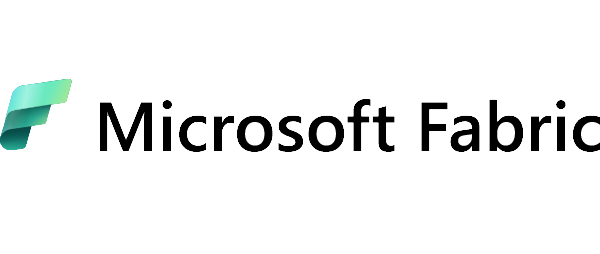
Achieving ever-higher work efficiency is possible through various methods, one of the key ones being the drive for maximum process automation. In this regard, the Microsoft Fabric REST API is a valuable tool that can accelerate daily data operations.
What is Microsoft Fabric REST API?
Microsoft Fabric REST API is a set of programming interfaces that enable process automation within the Microsoft Fabric environment. These APIs allow organizations to execute repetitive tasks faster and with fewer errors, leading to cost savings and increased productivity.
With this REST API, organizations can:
- automate daily operations related to data management (e.g., automated reporting),
- integrate various systems and applications within a single platform,
- monitor and manage Fabric resources more efficiently.
By leveraging these capabilities, users can easily scale their business and technical processes.
Key benefits of automation in Microsoft Fabric
Implementing Microsoft Fabric REST API brings numerous advantages that contribute to improved business operations.
The main benefits include:
- elimination of manual processes – repetitive tasks can be executed automatically, saving time and reducing error risk,
- better control over data – administrators can monitor and manage Fabric resources in real time,
- easier integration with other systems – Fabric API enables seamless connectivity with various applications, including Power BI, Azure, and other analytics tools,
- cost optimization – automation allows better resource management, reducing unnecessary expenses,
- increased efficiency of IT teams – developers and analysts can quickly implement changes and automate tasks instead of handling them manually.
Common use cases for Microsoft Fabric REST API
Microsoft Fabric REST API is widely used across various business areas. Below are some of the most valuable automation use cases.
Automating workspace management
With Fabric API, organizations can create, modify, and delete workspaces without manually configuring each element. Administrators can dynamically manage the environment, tailoring it to the organization’s needs.
Managing data pipelines
Companies processing large volumes of data can use REST API to create and execute ETL (Extract, Transform, Load) processes. Automated data pipeline execution ensures regular processing, eliminating the need for manual monitoring.
Automated access control and permissions management
Managing user permissions can be complex, especially in large organizations. With Fabric REST API, administrators can dynamically assign and modify user roles within workspaces, ensuring appropriate access levels to data and applications.
Resource monitoring and optimization
REST API enables the automatic collection of data usage insights, such as computing capacity or data flow. This helps administrators optimize resource usage and prevent unnecessary costs.
Automated deployment and management of Lakehouse
Microsoft Fabric API facilitates the quick and automated creation of new Lakehouse data repositories. Automating data workspace management eliminates the need for manual configuration, making it particularly beneficial for organizations handling vast amounts of information.
Microsoft Fabric REST API and computing power management
One of the key aspects of Microsoft Fabric resource management is computing power optimization.
With REST API, organizations can:
- create new compute instances based on current demand,
- scale resources up or down for cost efficiency,
- pause and resume instance operations, enabling more effective cost management.
These functionalities allow businesses to dynamically adjust their IT environment to current needs, avoiding unnecessary expenses related to over-provisioning resources.
Automating DevOps and CI/CD with Fabric API
Modern organizations increasingly adopt DevOps practices and continuous integration/continuous deployment (CI/CD) processes.
Microsoft Fabric REST API supports these workflows by enabling:
- automated deployment of new application and report versions,
- integration with version control systems such as Git,
- change monitoring and synchronization between development and production environments.
These capabilities enable IT teams to respond more quickly to business changes and maintain application stability.
Summary
Microsoft Fabric REST API is a powerful tool that enables automation of key processes within an organization. The ability to manage workspaces, data flows, user permissions, and computing power allows companies to operate faster, more efficiently, and at lower costs.
If you want to implement Microsoft Fabric in your organization and fully leverage its potential, make appointment with EBIS specialists. We will help you optimize your Fabric environment and introduce tailored automation solutions. | CONTACT



